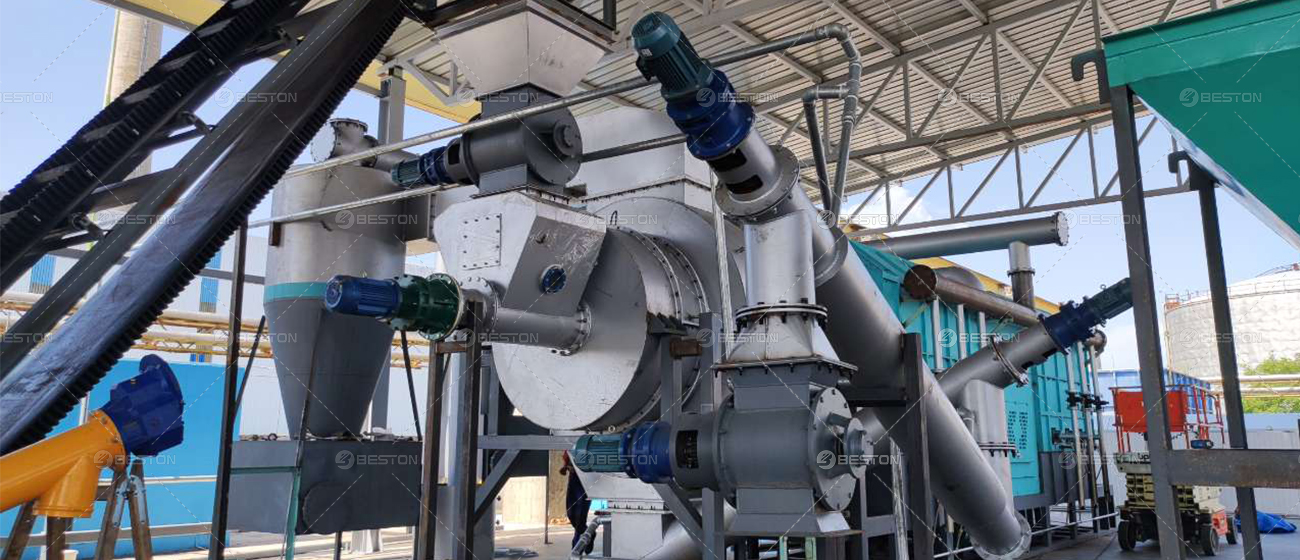Economic Dynamics of Coconut Shell Charcoal in the Global Market
The global demand for carbonaceous material is steadily shifting toward renewable sources, with coconut shell charcoal emerging as a premium bio-based alternative. Derived from a high-density lignocellulosic feedstock, this carbon product possesses superior calorific value, structural uniformity, and minimal ash content. Its versatility spans industries ranging from metallurgy to agriculture and cosmetics, enabling its value chain to expand rapidly in both mature and developing markets.
Raw Material Viability and Processing Efficiency
Coconut shells are an abundant agricultural byproduct, particularly in tropical regions such as Southeast Asia, South Asia, and parts of Central America. Their intrinsic hardness, high fixed carbon content, and low moisture levels make them an ideal raw material for carbonization.
When processed in a modern biomass pyrolysis plant, the transformation efficiency of coconut shell into charcoal is notably higher than many other biomass types. Advanced continuous pyrolysis systems can optimize carbon yield while minimizing volatile organic emissions, offering superior throughput and environmental compliance.
In markets where coconut cultivation is prominent, localized pyrolysis plant deployment significantly reduces transportation costs and carbon intensity, improving overall cost-efficiency. Additionally, the modular nature of contemporary systems supports decentralized production, aligning with distributed energy and circular economy models.
Segmental Market Applications
The primary consumer sectors for coconut shell charcoal can be segmented into:
-
Metallurgical processing – As a reductant and heat source in ferroalloy production, this charcoal variant substitutes coal-based coke, especially in jurisdictions enforcing decarbonization mandates.
-
Activated carbon manufacturing – Coconut shell charcoal is the preferred precursor for high-grade activated carbon due to its high micro-pore volume and consistent structure. This end product is in demand for water purification, air filtration, and pharmaceutical applications.
-
Barbecue and culinary fuels – Its smokeless combustion, high heat output, and low ash content make it suitable for high-end grilling markets in North America, Europe, and the Middle East.
-
Agronomic input – When crushed and integrated into soil systems, it improves nutrient retention and microbial activity, aligning with regenerative agriculture practices.
Each segment demonstrates distinct price elasticity and regulatory exposure, which affects value realization depending on regional market conditions.

Pricing Determinants and Market Volatility
The market price of coconut shell charcoal is influenced by a convergence of supply chain dynamics and macroeconomic indicators. Key determinants include:
-
Feedstock availability – Climatic variations and coconut harvest cycles can disrupt shell supply, particularly in monsoon-affected regions.
-
Processing technology – Output quality and production cost vary significantly between traditional pit kilns and mechanized coconut charcoal machine setups.
-
Energy input costs – Volatility in electricity or auxiliary fuel prices directly impacts processing margins.
-
Export tariffs and regulatory frameworks – Some governments incentivize value-added charcoal exports while discouraging raw biomass outflows, shaping the international trade landscape.
Furthermore, carbon market mechanisms are beginning to influence biomass-derived charcoal pricing. Charcoal produced via certified low-emission pyrolysis processes may qualify for carbon credits, bolstering its profitability under emerging ESG investment mandates.
Regional Demand and Trade Outlook
Asia-Pacific remains the leading producer and exporter of coconut shell charcoal, with Indonesia, the Philippines, India, and Sri Lanka at the forefront. These countries benefit from both raw material proximity and established pyrolysis plant infrastructure.
On the demand side, Europe and North America drive consumption due to their strong activated carbon industries and premium grilling markets. The Middle East, particularly the Gulf Cooperation Council countries, also represents a growing demand center, fueled by high per capita disposable income and an affinity for charcoal-based cooking.
As global decarbonization efforts accelerate, substitution of fossil-based carbon sources with biomass alternatives will likely intensify. This trend bodes well for coconut shell charcoal, positioning it as a strategic commodity in the transition to a bio-based economy.
Strategic Investment Considerations
To capture long-term value, stakeholders must evaluate vertically integrated models that span from coconut shell collection to pyrolysis plant operation and end-market distribution. Investment in emission-compliant pyrolysis systems, coupled with product quality certification and traceable sourcing, will enhance both market access and premium realization.
The convergence of environmental imperatives, policy shifts, and material performance advantages secures coconut shell charcoal's role as a high-value carbon resource in the evolving global materials market.
4o